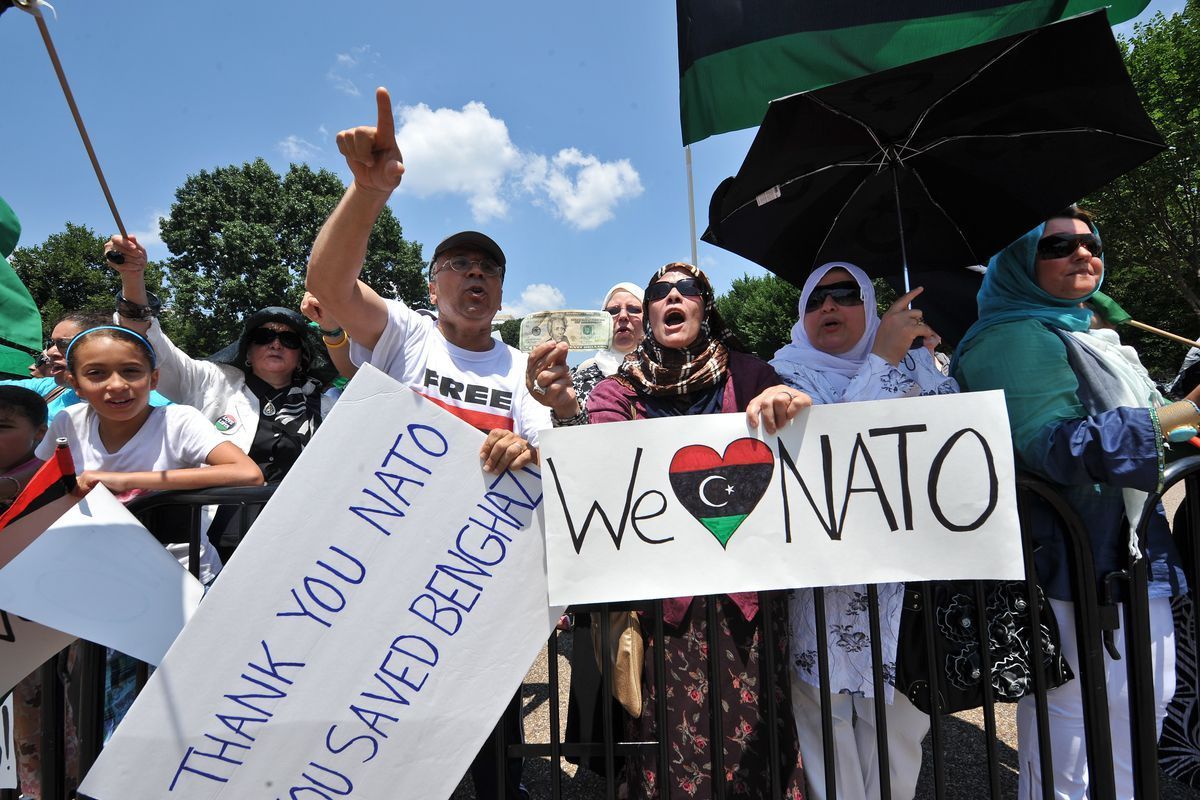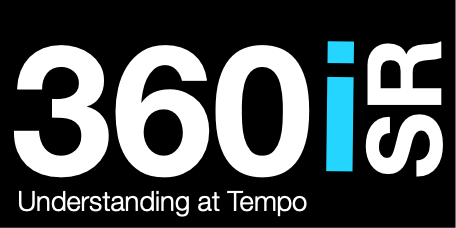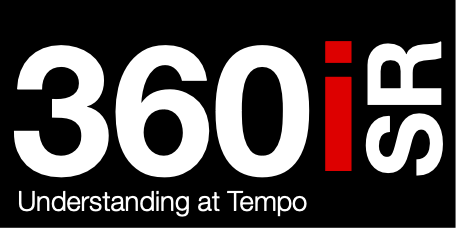The Future of ISR, part 2. The Great Thaw
Adapting to a Dynamic Battlespace.
Lessons learned along the way
The theory behind the Intelligence Requirements Management (IRM) process is that larger intelligence requirements are too unwieldy to be addressed in one go, necessitating their breakdown into manageable elements. Once these elements are identified, they can be answered and, in a reverse process, individual elements of information are aggregated to form answers to intelligence requirements which, when aggregated, answer the original Commanders Critical Intelligence Requirements (CCIR).
However, the outcome of this IRM process is a multitude of Essential Elements of Information (EEIs) that, in isolation, have limited context to the original requirement or even to operations. An analyst may be tasked with annotating an image of an airfield without any reference to the need for this intelligence. This lack of context weakens the product and disconnects the decision-maker from the environment – the exact opposite of what intelligence should do.
"For example, units found some success in countering IEDs by refocusing ISR from locating the devices to understanding the insurgent network behind them."
Jason Brown AP-2014_1

Key Points - Afghanistan:
· The mission space evolved from a semi-static Cold War environment to a highly dynamic Counterinsurgency (COIN).
· It took seven years to formally evolve and adopt a new CONOP [USAF Theatre CONOP 2008].
· Traditional IRM and CM remained the norm for ISR operators.
· Traditional IRM dislocates the analyst from the requirement (and therefore the mission space).
· Intelligence in Context is critical.
· Measuring ISR performance against Collection tasks (EEIs) can lead to a false impression.
· ISR could create understanding in the cognitive domain (and if it did, the results were dismissed).
· Attack-the-Network (AtN) demands fusion at tempo (Time Dominant Fusion).
Afghanistan and Iraq served as catalysts for change, ushering in significant transformations. The USAF Theatre ISR CONOP 2008 was the pivotal document that led this change and became the cornerstone for ISR operators. However, lessons were not always learned. Operation Unified Protector, NATO's response to perceived destabilisation and threats posed by Libya, is a case in point.
On February 14, 2011, a Libyan freedom movement erupted in Benghazi, spurred by the Arab Spring, and enabled by social media. The regime's violent response against the civil uprising led the United Nations to pass two Security Council Resolutions authorizing a no-fly zone over Libya and the use of "all necessary means" to protect Libyan civilians.
Of the 218 air tasking orders detailing over 26,500 sorties, only a handful of ISR assets were declared to NATO. This represented less than 1% of the air power presented to the campaign, underscoring the importance ascribed to ISR by member states and/or their ability to contribute to an ISR constellation.
Not only did member states underestimate the importance of ISR assets, but they also failed to contribute trained ISR operators that could establish and operate the ISR Division within the Combined Air Operations Centre, Poggio.
The lessons identified by UK forces after the campaign highlight critical failures in understanding ISR value in a military campaign.
"Twenty-two missions were canceled with 90% of those owing to a lack of situational awareness as to the relative locations of pro and anti-regime forces—an indication (and cost) of the lack of ISR."
Throughout these campaigns, from Afghanistan to Libya, certain common themes were identified but not solved:
· There was a disconnect between operational and tactical lines of operation.
· The Intelligence Collection Plan was irrelevant to operations.
· ISR was simply support to targeting.
· There was a total lack of investment in ISR by NATO member states.
· Knowledge of ISR assets was poor.
· Training for ISR operators was very limited.

The year 2014 marked a significant shift in the nature of warfare, much like 2001. The battleground subtly transitioned to the information and cognitive domains, ushering in the era of 5th-generation warfare. In his book, 'The Russian Understanding of War', Oscar Jonsson discusses Russia's adoption and development of subversive warfare. The new Russian doctrine embraced a comprehensive understanding of the information domain, dividing operations into Information Technological and Information Psychological. The former targets information infrastructure, while the latter targets information itself.
The sequence of events leading up to the invasion of Crimea and the subsequent referendum aligns clearly with the stages of 5th-generation warfare:

· The centrality of influence
· The galvanisation of an opponent
· Non-attributable actions
· The weaponisation of civilian protest
· The enforcement of the narrative
· Intimidation and restrictions on free speech
· Sponsored aggression
· Open propaganda
· Segregation of a population
These stages illustrate how modern warfare has evolved beyond traditional battlefields, highlighting the increasing importance of ISR in navigating this complex landscape.




